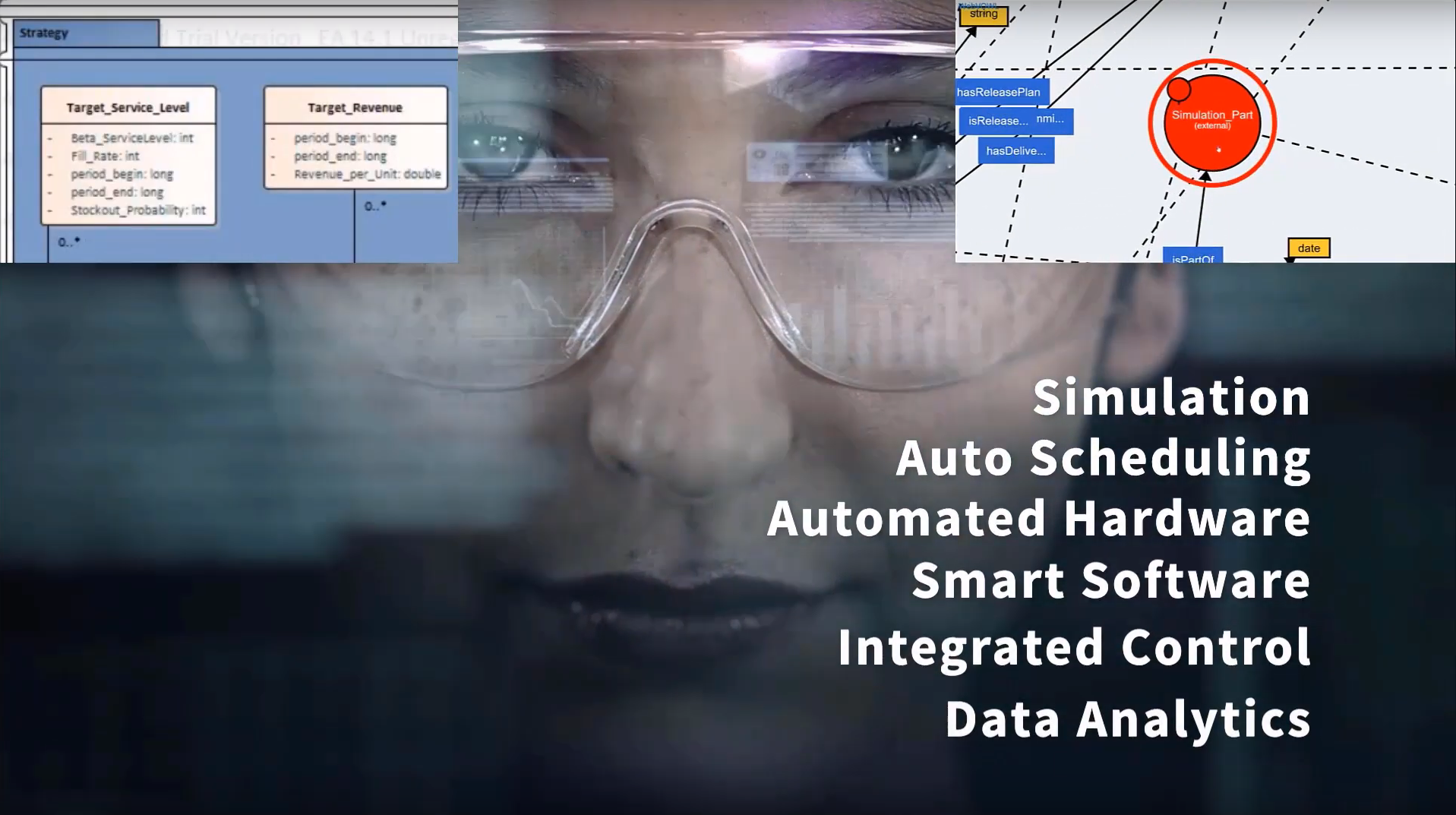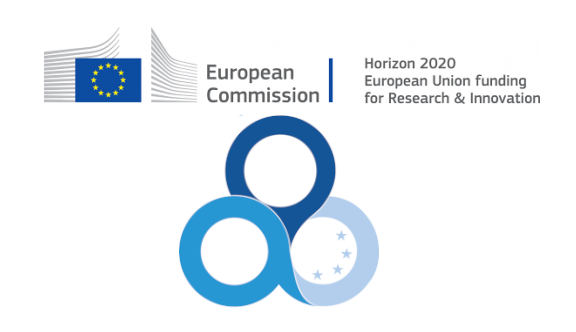Digital Reference – lingua franca for digitalising semiconductor supply chains
Inspired by the term Industry 4.0, the goal of the big digitalisation project Productive 4.0 was to create a user platform across value chains and industries to promote the digital networking of manufacturing companies, production machines and products. The research on the issue is now widened and deepened in SC3. At that point, shedding light on the specific meaning of terms like Semantic Web, Semantic Web Stack, vocabularies, knowledge, graphs and ontology should be helpful for a better understanding.
Semantic Web and ontology
As an extension of the World Wide Web, the Semantic Web aims at making Internet data machine-readable for humans as well as for machines. It is an effective infrastructure to enhance visibility of knowledge on the Web. To illustrate its multidimensional structure, the Semantic Web is depicted as a Technology Stack – a composition of building blocks. The Semantic Web Stack shows different aspects where each layer utilises and uses the capabilities of the layers below. One of the core blocks is ontology which is used to describe concepts, relationships between entities, and categories of things. These embedded semantics offer significant advantages such as reasoning over data and operating with heterogeneous data sources.
All in all, the Semantic Web provides a common framework that allows data to be shared and reused across application, enterprise, and community boundaries. With regard to the achievement in Productive4.0 Hans Ehm from Infineon explains:
“As a result, the Digital Reference ontology reflects the supply chain-related Semantic Web of the semiconductor industry and the corresponding supply chains. It combines different supply chain structures and semiconductor production concepts and entities, like Supply Chain Networks, Digital Production and Product Lifecycle Management.
Brain analogy
The Digital Reference consists of thematic clusters, covering all stages of the supply chain and providing both human and machine with a domain knowledge representation. It contains approximately 800 classes, which define concepts in different domains. We summarise the Digital Reference as a whole divided into several lobes. Based on the structure of the human brain, we describe individual concepts and entities as lobes which originally stand for separate sections of the brain”.
Lobes would be Product, Sensor, Semiconductor Operations and Process. They refer to the use cases and describe hierarchies. Supporting concepts are also included, as shown in the top-down approach, which are used to ensure that all the definitions of these concepts across the supply chain are contained by the concepts included in the lobes. In conclusion, the Digital Reference is a Semantic Web model of semiconductor supply chains and corresponding supply chains. Various organisations can use it as a standard to represent their supply chain, in part or in full. This ontology can be used to connect different data sources for semiconductor supply chain pillars.
Semantic Web can be seen as an enabler for industry digitalisation. In the Semantic Web, the well-defined and structured data representation enables computers and people to work in cooperation and to automate industrial, collaborative B2B processes, e.g. in supply chain management and product development.
Data from various sources in unified view
Semantic Web technologies are applied to enable digitalisation in the industry in particular for the domain of semiconductors and corresponding supply chains. Semantic Web is a lingua franca to handle data, which varies in systems, structure, quality, and security. Semantic data integration allows the modelling of the domain in an abstract schematic layer that can be connected to various sources. Namely, a common understanding of concepts across different data sources is defined via the schema. The well-defined data structure empowers computers and people to work in collaboration.
B2C to show potential of B2B
The potential of Semantic Web technologies has not yet been fully explored regarding the business to business (B2B) domain and industrial applications. Business companies, involved in B2B, do not just trade merchandise and worth, but additionally and above all, exchange information. On the other side, B2C (business to customer) interactions concern the exchange of the same components; however, the interaction is between a business company and generally a single customer. The importance of powerful knowledge domains can be seen in the race between B2B and B2C where domains like the hotel industry lost influence and B2C companies benefited (e.g. Booking.com) as contribution to the B2B environment.
Data structure for common framework
The Big achievement in Productive4.0 was that the Digital Reference (DR) will act as the abstraction layer which is an ontology describing intelligent and efficient interlinking between the entities involved in the domain of semiconductors and corresponding supply chains, but also in other industrial domains. To gain some experience, a first experimental trial was conducted to generate a top-level ontology taking into account IEC 61508 and the derived daughter standard IEC 61511 in the currently valid version. An initial set of key properties (concepts and terms) was identified and brought into a structured ontology. Building the DR for a group of standards will allow an analysis and give insight into the compliance issue and the need of trust in the overarching Digital Reference.
After this concrete example and the generalisation, let us explain the Supply Chain Management (SCM) in our domain and the Digital Reference. Supply Chain Management is the approach for enhancing the competitiveness of an enterprise, and enabling an efficient supply chain. One of the main concerns is to ensure the semantic consistency of shared information among the supply chain members, which calls for a common semantic model with agreed, defined and explicitly explained terms and vocabularies within the SCM domain.
Common language
Thus, a proposed methodology is to be developed. It will allow the creation of the Enterprise Knowledge Graph of supply chains using and manufacturing semiconductors. All concepts and relations between pillar constituents of the semiconductor supply chain are included. Two approaches are designed to create the Digital Reference: bottom-up and top-down.
The needed lingua franca is available as a foundation with the Digital Reference. It enables to talk to each other, humans and computer, in an always up to date common “language”. The Semantic web as a proven technology in the B2C environment was transferred to the more complex B2B sector, where higher precision is needed for our domain semiconductor and connected supply chains.


